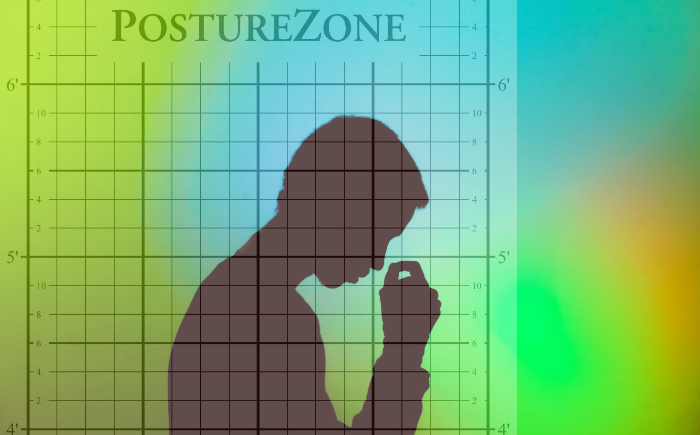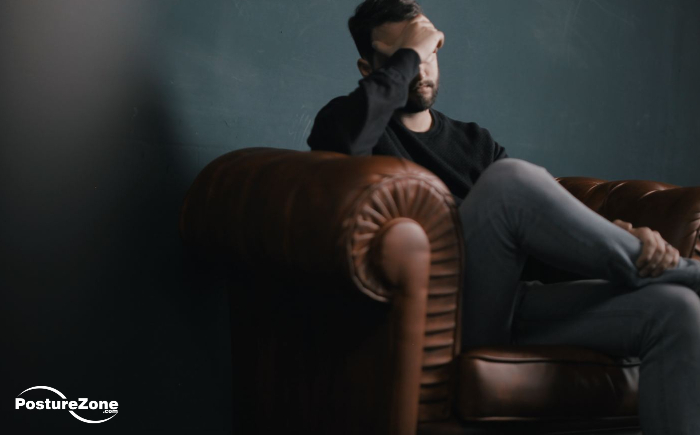Beyond Words: Nonverbal Posture Cues in Mental Health Evaluations
Posted by Renee North, CPEP® on 12th Feb 2024
Leverage observation as a diagnostic tool
The connections between our physical bodies and mental health are intricate and fascinating. As psychologists and therapists, you know that the mind influences the body. But the reverse is also true - the body can provide insight into the state of the mind.
In particular, posture is an important yet often overlooked indicator of mood and mental health status. A patient's posture during your initial evaluation can reveal a great deal about their current mindset and emotional state. Slumped shoulders may indicate depression or defeat. A rigid, tense stance could signal anxiety. Fidgety gestures and postures can reflect restlessness or mania.

Integrate posture assessment into standard intake protocols
As such, making posture assessment a standard part of your initial patient mental health evaluations can provide a more holistic view. Here are some tips for incorporating posture observation into your intake process:
- Take note of the patient's posture when they first enter your office. First impressions matter. Does their stance portray confidence, defeat, anxiety or calmness?
- Have posture top of mind during your interview process. Observe changes in posture during questioning. Do they close up or become more animated when discussing certain topics?
- Capture front and side view photos of the patient's posture in front of a posture grid at the initial and subsequent sessions. This creates visual documentation you can refer back to and compare over time. Noting clear improvements may also provide motivation.
- Assess both standing and sitting posture. Movement from standing to sitting or vice versa can also be telling.
- If warranted, discuss your posture observations with the patient. Gauge their reactions and whether they feel posture connects to their mental state.
- Track posture changes across sessions to identify progress or regression. Improving posture may signify improving mood and self-image.

Posture observation should of course be combined with all your other standard mental health assessments. When integrated as part of a holistic evaluation, it can provide additional context and insight into the patient's overall wellbeing and state of mind. Give posture assessment a try in your next initial evaluation to see what additional clues it uncovers. Your eyes may reveal as much as your ears when truly understanding your patient.
Posture-Mood Analysis for Mental Health
- Wall Grids - Fits any body type/height. Available in Metric for for European therapists and researchers.
- Door Grid - Narrow grid that fits any door or wall. Great option for offices with limited space.
- Portable Grid - Sets up quickly, and can be brought to mobile sessions.
Learning Posture Assessment for Psychologists and Mental Health Therapists:
- Posture Pictures Assessment Class - 90 minutes, on-demand videos.
- Posture Pictures - a book that includes how to tips, forms and questionnaire.


